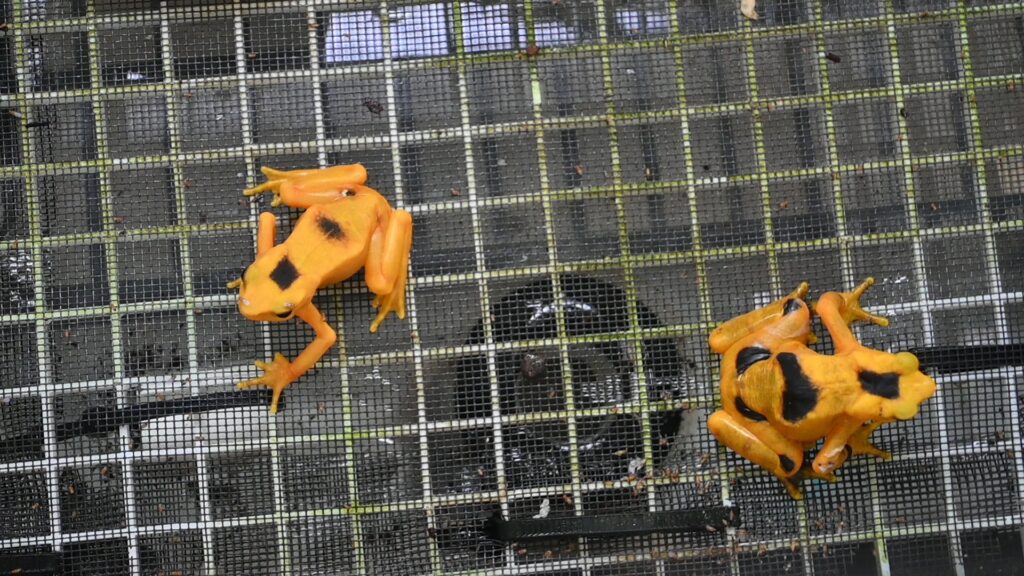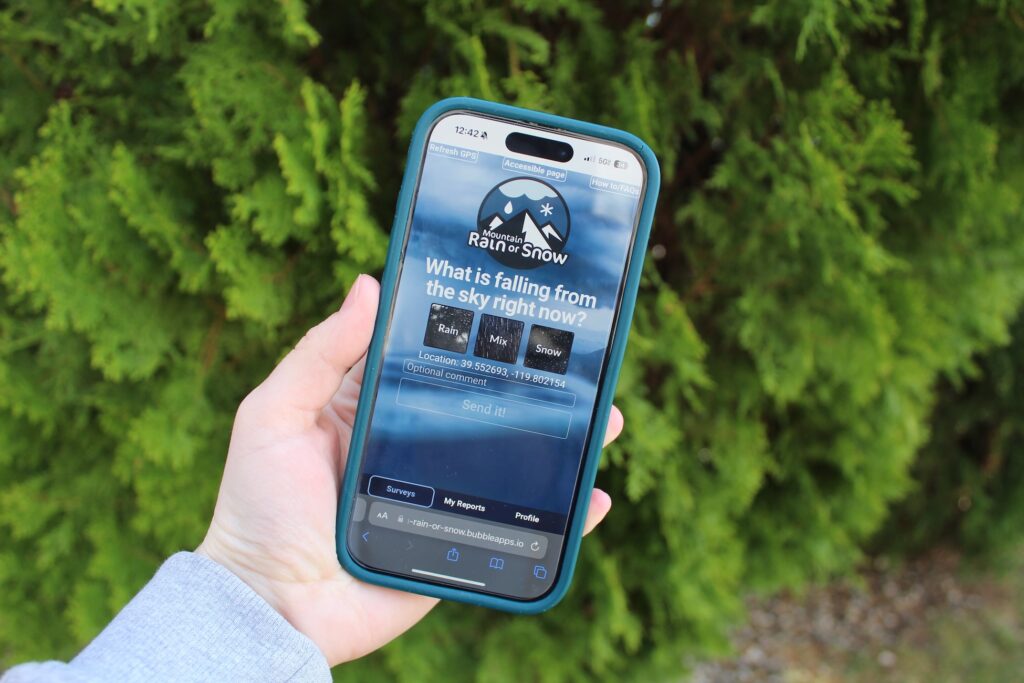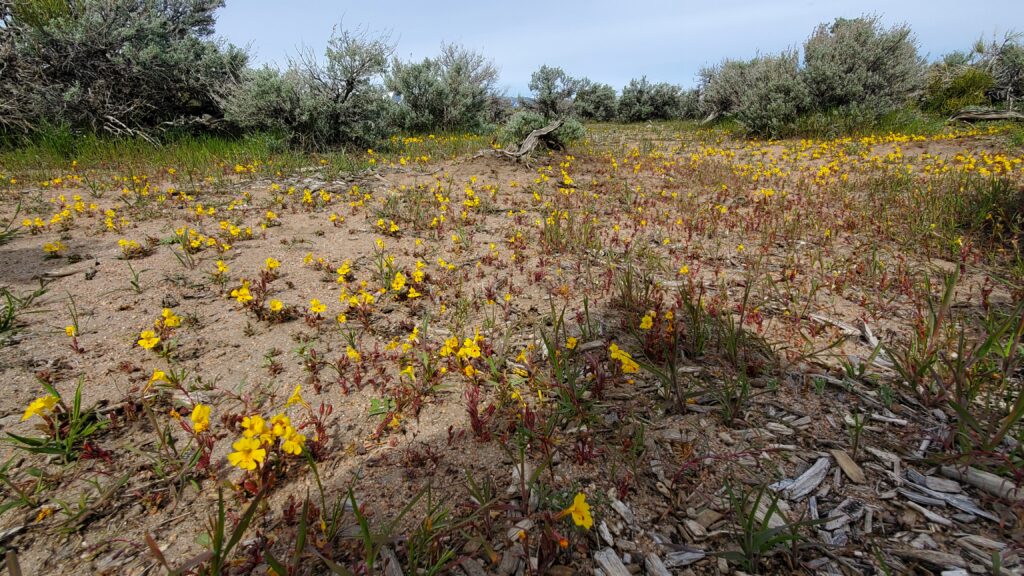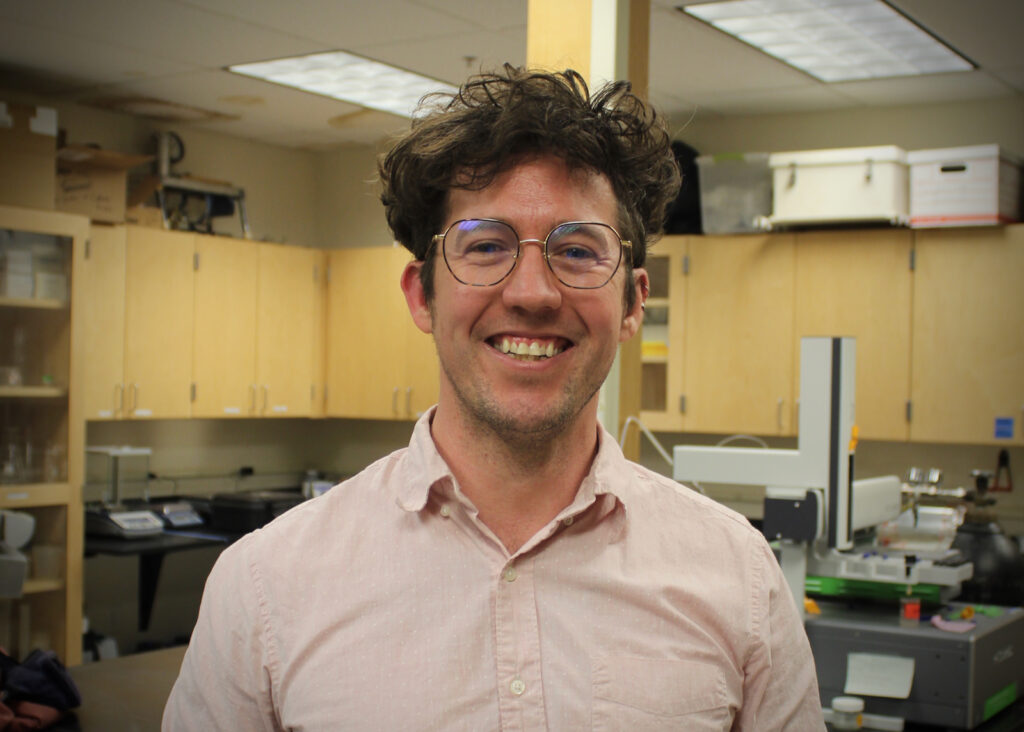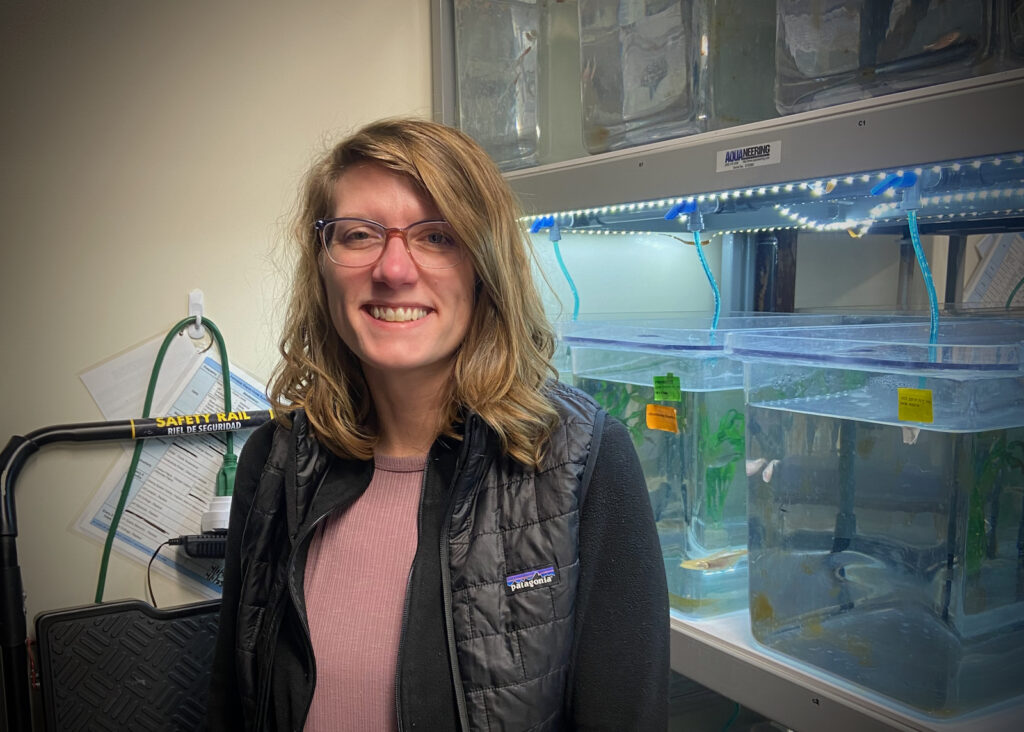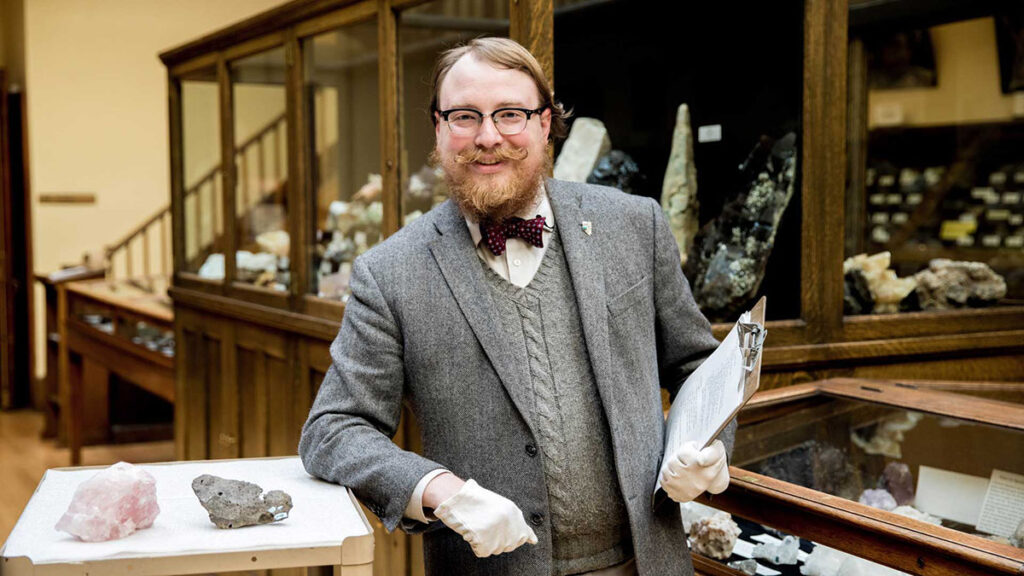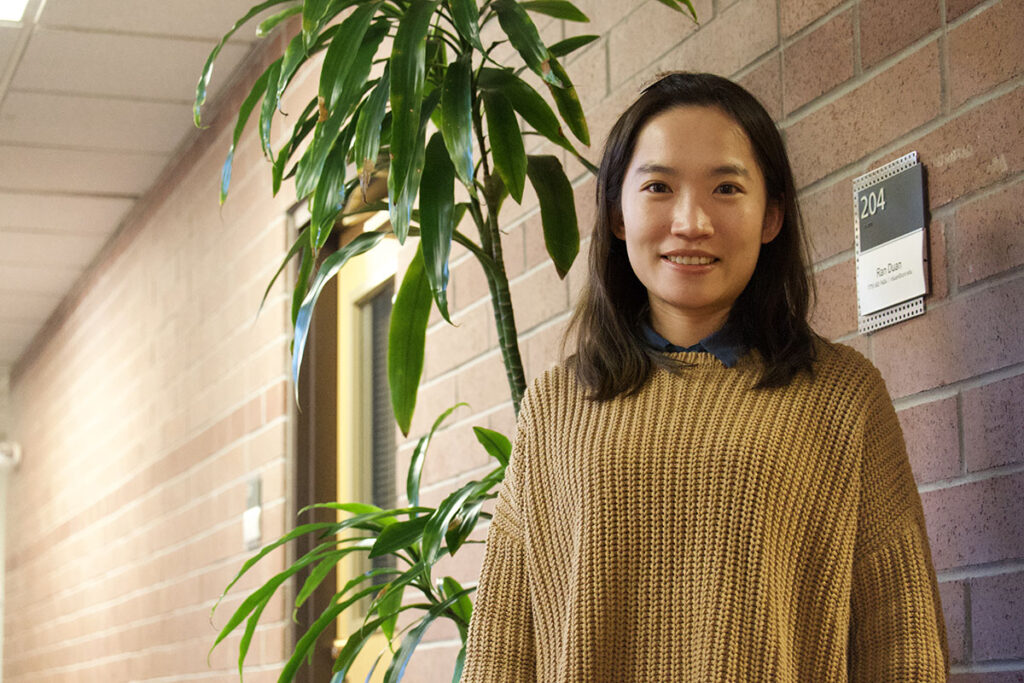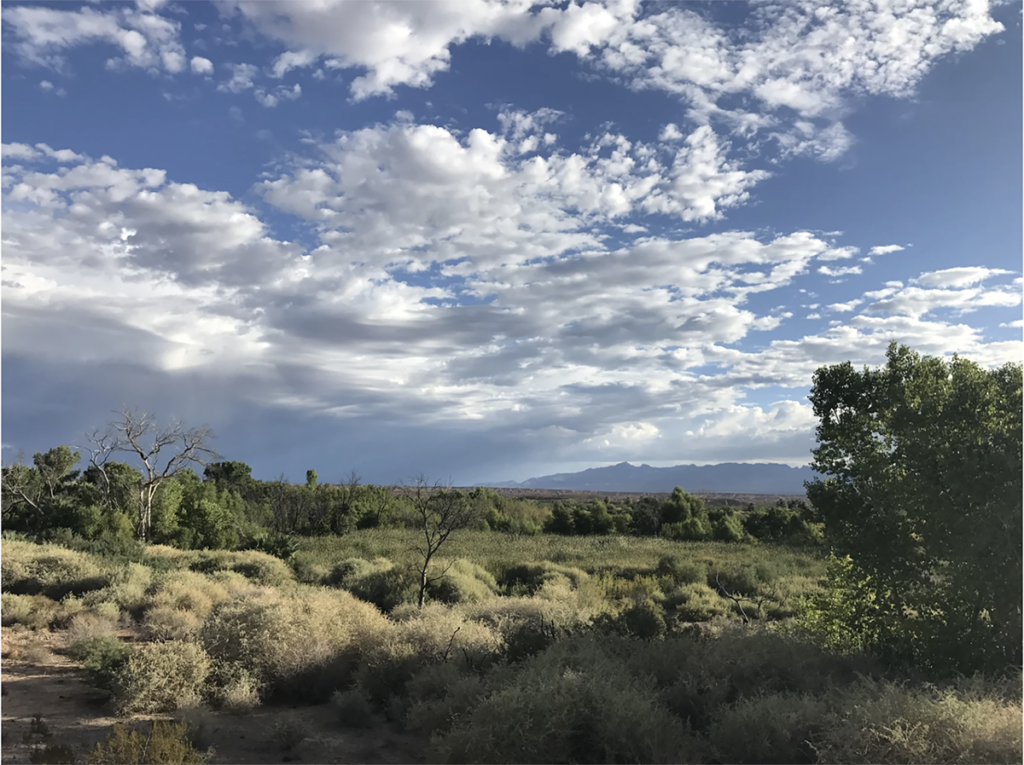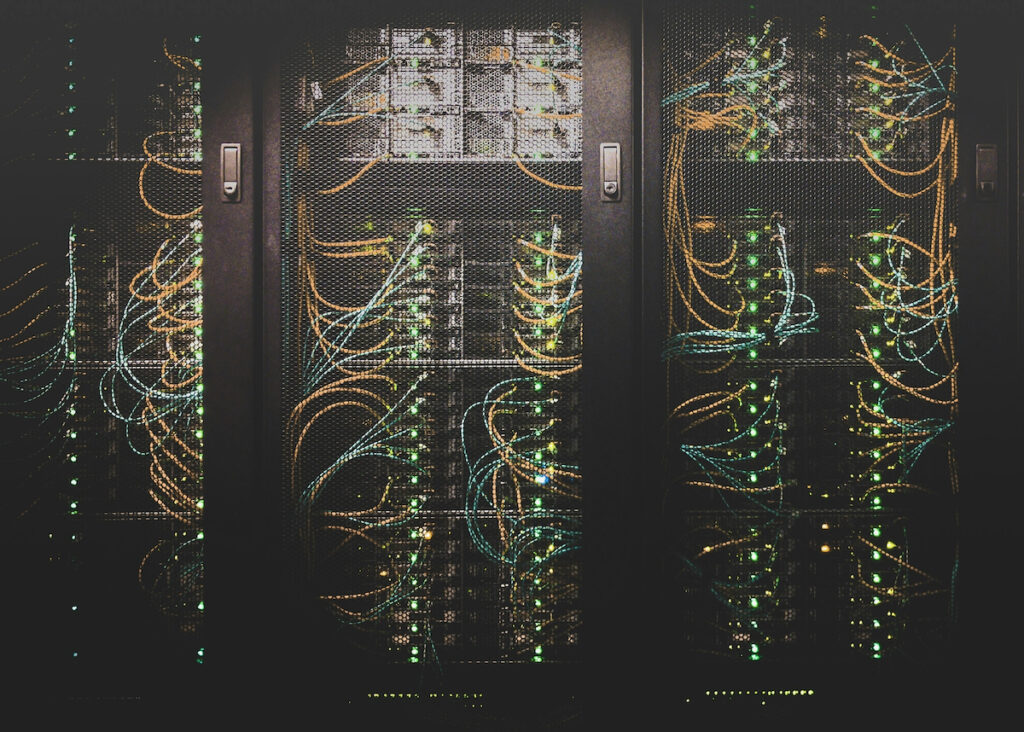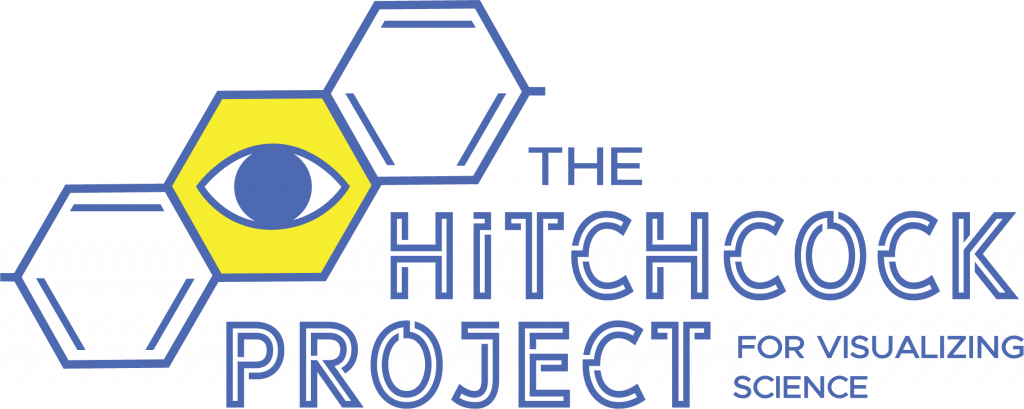NEWS
Science news by students in UNR’s Reynolds School of Journalism. If you are interested in writing for the Hitchcock Project or if you have a news story you would like us to cover, please contact Kelsey Fitzgerald, kmfitzgerald@unr.edu.
A team of scientists from the University of Nevada, Reno, travel to El Valle de Antón, Panama, for ongoing research on a pathogen killing different amphibian populations. By Vanesa de la Cruz Pavas.
With help from citizens with smartphones, Reno scientists are learning the secrets of winter storms. By Sydney Peerman.
Rare plants in Nevada, like the Carson Valley monkey flower, are being bulldozed into extinction as the state's population increases. By Elizabeth Walsh.
Should a dog be deemed aggressive, based solely on its breed? The state of Nevada doesn't think so. By Amanda Durand.
Scott Allen, Ph.D., shares a bit about his research regarding the interactions of water, carbon, and radiation with different ecosystems. By Sydney Peerman.
Misty Riddle, Ph.D., assistant professor at UNR and founder of The Riddle Labratory, explains the evolution of the Mexican tetra fish. By Elizabeth Walsh.
Garrett Barmore, curator at UNR's Keck Earth Science and Mineral Engineering Museum, speaks with Hitchcock Project about minerals, climate change, and more. By Amanda Durand.
Ran Duan opens up to Hitchcock Project about risk, perception, and effective science communication tools. By Hannah Truby.
A recent Nevada Supreme Court ruling is an important win for conservations, local seniors and wildlife. By Kat Fulwider.
Our demand for data storage has risen dramatically. So has the environmental footprint of our data. By Jaime Voyles.

